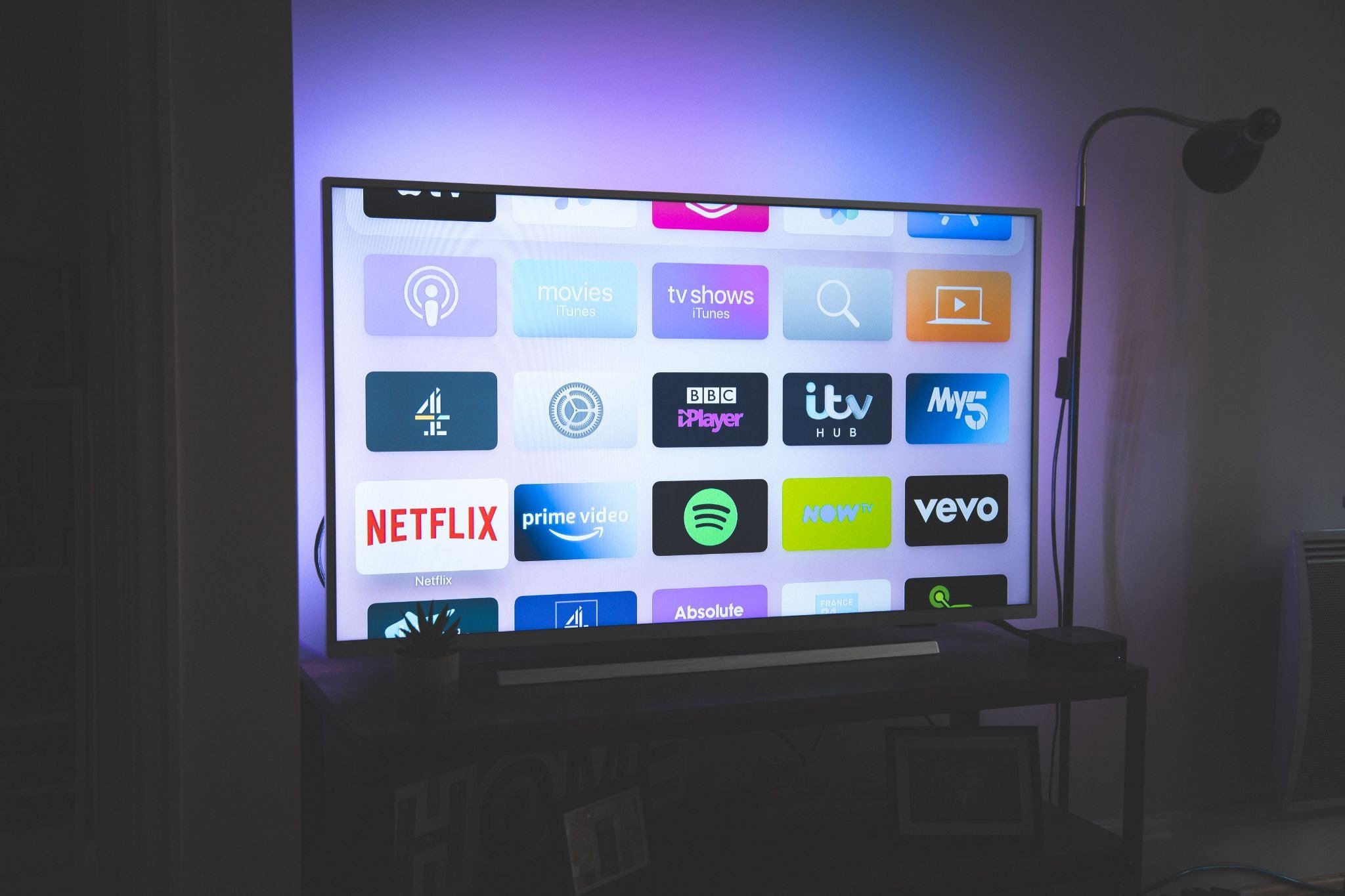What are impressions to advertisers and how can we leverage them more effectively?
Impressions represent just one part of campaign performance
Impressions play a key role in online advertising and social media campaigns, but only within specific contexts. It is important to understand that impressions are a measure of reach, but do not guarantee meaningful engagement or clicks. So what are impressions and what insights can they reveal about a campaign?
Ready to learn more? Dig deeper with The Marketer's Guide to Understanding Impressions.
What Are Impressions?
The definition of impressions, in the context of online advertising and social media campaigns, is the number of times a piece of content has been viewed or engaged with by users. It is an important metric used to assess the reach and effectiveness of online advertising campaigns.
Impressions in marketing are calculated by tracking how many times an ad is displayed on a user's screen. This includes instances where the content is fully on-screen or partially visible. Impressions are measured and tracked across various online platforms, including websites, social media platforms, and mobile apps.
Why Impressions Matter
Evaluating impressions is crucial when it comes to understanding campaign performance. While it may seem like a simple metric, it provides valuable insights when combined with other key performance indicators.
By analyzing impressions, marketers can gain a better understanding of how each ad communicates its core message. This helps gauge the effectiveness of their reach while confirming whether the campaign is getting in front of the right audience.
Furthermore, impressions can also provide key insights into engagement. Engagement measures how audiences respond to the content, such as likes, comments, and shares. When impressions are combined with engagement metrics, marketers can identify if their campaign is resonating with their audience and if it’s generating the desired actions or responses.
However, it is crucial to note the difference between simply obtaining more impressions versus obtaining meaningful impressions. After all, what is an impression worth to a low-performing campaign? Having a high number of impressions can be misleading if they are not reaching the intended audience or generating engagement.
Evaluating Impressions
Impressions play a crucial role in evaluating campaign performance as they provide key insights into how many times an ad or content has been seen by users. Evaluating impressions in conjunction with metrics like reach and engagement is essential for understanding the overall effectiveness of a campaign.
Reach and impressions go hand in hand. While impressions indicate the total number of times an ad has been displayed, reach measures the number of unique individuals exposed to a campaign. By comparing reach and impressions, we can gauge how frequently the campaign is reaching its target audience.
Furthermore, impressions also provide insights into the overall performance of a campaign strategy. If a campaign has a high number of impressions but low engagement rates, it suggests that the content is failing to resonate with the audience. On the other hand, a high number of impressions alongside an impressive engagement rate indicates that the campaign is capturing attention and attracting interest.
Impressions also serve as a building block for analyzing other analytics, such as click-through rates (CTR). For example, if the impression count is high but the CTR is low, it indicates that the campaign is not effectively driving users to take further action.
Served Impressions
In the context of digital advertising, served impressions are the number of times an ad was successfully delivered or served to a viewer's device. It is a common metric used to measure the overall frequency of an ad campaign, as well as to determine ad inventory and pricing. However, relying solely on served impressions to evaluate ad effectiveness has its limitations.
One of the key challenges associated with served impressions is the calculation and measurement process. Ad servers estimate the number of served impressions based on requests made to serve an ad, disregarding factors such as ad blockers or bots that may prevent the ad from being fully displayed to a real viewer. This can result in an overestimation of ad reach and potentially inaccurate data.
Furthermore, served impressions do not provide trackable data on whether an ad was seen by a viewer or had any impact. For example, even though an ad may have been successfully served, it does not guarantee that it was displayed within a viewable location on the screen or that the viewer noticed it.
Viewable Impressions
Viewable impressions measure ad effectiveness by tracking whether an ad was seen by a user. This is crucial for advertisers as they want to ensure that their ads are being viewed and have the chance to make an impact on the target audience.
The Media Rating Council (MRC) and the Interactive Advertising Bureau (IAB) have established specific criteria for an impression to be considered viewable. According to these guidelines, an ad should have at least 50% visibility on the user's screen for a minimum of one second. This ensures that the user has the opportunity to see and engage with the ad.
Using viewable impressions provides several benefits for advertisers. Firstly, it enhances data accuracy. Advertisers can have confidence knowing that the impressions being measured are actual opportunities for their ads to be seen, rather than being counted when the ad is placed but not necessarily visible to users. This leads to more accurate insights and decision-making based on reliable data.
Additionally, viewable impressions offer greater actionability. Advertisers can analyze the viewership of different ads, allowing them to make more informed decisions when optimizing their campaigns. They can identify which ads are performing well and optimize accordingly, maximizing the impact of their advertising efforts.
Lastly, viewable impressions contribute to brand awareness. By ensuring that ads are viewable to users, advertisers increase the chances of their brand message being seen and remembered. This helps to build brand recognition and improve overall brand recall among the target audience.
Optimizing Impressions
One of the best practices for optimizing impressions is to run A/B tests. This involves creating different versions of ads and serving them to a subset of users to see which performs better in terms of click-through rates, conversions, and other metrics. This allows advertisers to refine their ad content, placement, and targeting to maximize impressions and engagement.
Analyzing user behavior is also crucial for optimizing impressions. By closely examining metrics such as bounce rate, time on page, and navigation patterns, advertisers can gain insights into how users respond upon seeing an ad. This information can then be used to make data-driven decisions to improve the user experience and increase the likelihood of impression conversions.
Optimizing ads for viewability is another important technique. This involves ensuring that ads are visible to users when they land on a page, rather than being buried or hidden. Ad viewability can be improved by considering factors such as ad placement, loading times, and ad format.
Balancing reach and frequency is key when optimizing impressions. Bombarding users with excessive ads can lead to negative user experiences and ad fatigue. Finding the right balance in terms of the number of impressions per user can help maximize both reach and engagement.
Comparing CPM and viewability rates is a useful practice for optimizing impressions. By closely monitoring the cost per thousand impressions (CPM) and viewability rates of ads, advertisers can identify which placements or formats are delivering the desired impressions efficiently. This allows for the allocation of budget and resources to channels that provide the best return on investment.
Analyzing campaigns alongside benchmarks for ad format, placement, and targeting can provide valuable insights for optimization. By understanding which factors contribute to higher impressions, advertisers can fine-tune their strategies to maximize impressions and improve campaign performance.
Make tvScientific Your CTV Partner
tvScientific was co-founded by senior executives with deep roots in search, programmatic advertising, digital media, and ad verification. We think scientifically, and our results are driven by a belief in one, simple formula: Trust = Data x Transparency x Control.
With powerful attribution capabilities, real-time reporting, automated optimization, and built-in, always-on testing, we believe that tvScientific provides the most robust, transparent, tailored CTV advertising platform. Once you see it for yourself, we know you will too. Request a demo today.






